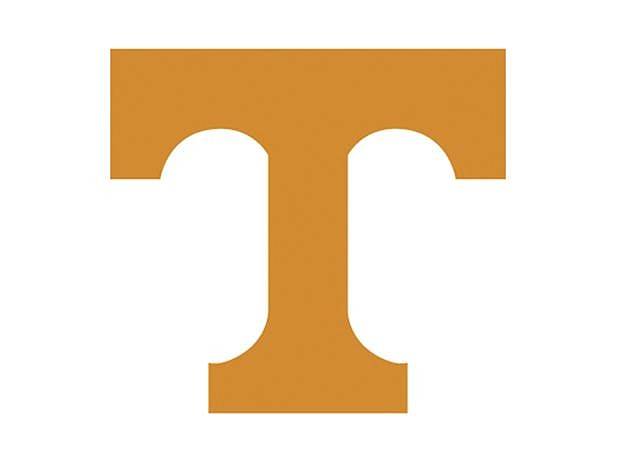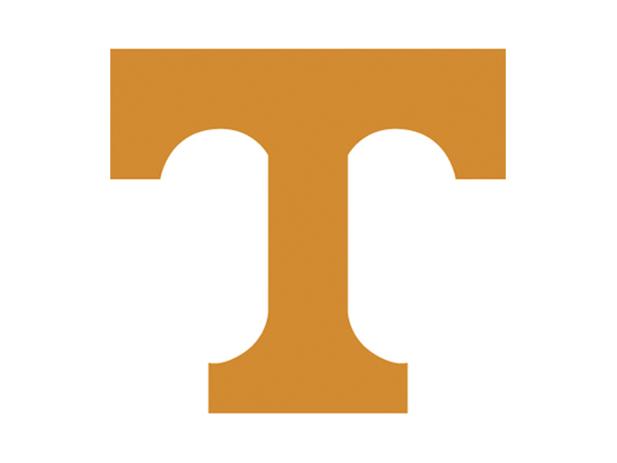UT offense shift not so different: Vols used to fast pace after using no-huddle
Friday, January 1, 1904
ON THE OFFENSIVEAs a head coach-offensive coordinator tandem, Butch Jones and Mike Bajakian have commanded some productive units. Now they will test their abilities in the SEC with Tennessee. Here's what the new Vols' coaches averaged in yards and points the previous six seasons.Total Offense // Scoring OffenseProgram // Season // (NCAA rank) // (NCAA rank)Cincinnati // 2012 // 430.8 (44th) // 31.0 (t-47th)Cincinnati // 2011 // 385.7 (61st) // 33.3 (26th)Cincinnati // 2010 // 417.3 (32nd) // 27.1 (57th)Central Michigan // 2009 // 421.3 (24th) // 33.9 (13th)Central Michigan // 2008 // 423.5 (23rd) // 29.5 (38th)Central Michigan // 2007 // 447.0 (21st) // 34.8 (20th)
KNOXVILLE - The labels forecast a significant change.
But Tennessee's move from a pro-style offense to more of a spread attack under new coach Butch Jones might not incur as many drastic changes as the name suggests.
It's too early to know exactly how the Volunteers will look schematically on offense next season, but Tennessee's tempo will remain fast.
"Coming into a system that has utilized a no-huddle offense is advantageous," new offensive coordinator Mike Bajakian said earlier this month. "The guys have a certain degree of familiarity with the communication process, with the procedure. That's an important part of the whole thing.
"Once we hit spring ball, we'll spend as much time coaching tempo and as much as time coaching effort as we will scheme or anything else, for at least the first half of spring ball. Once we get the guys used to how we practice and what we're looking for, then we can add volume to the offense; then we can add those other things. It's the tempo, it's the effort and it's playing for one another."
Those three items are the staples of the offense Bajakian and Jones have used at Central Michigan and Cincinnati the past six seasons. CMU's Chippewas never finished lower than 24th nationally in total offense and averaged 34.8, 29.5 and 33.9 points per game in Jones' three seasons as head coach. Cincinnati's offense averaged 45 more yards and scored 31 points per game this season despite some struggles at quarterback and the loss of tailback Isaiah Pead, a 1,200-yard rusher in 2011 who went in the second round of last year's NFL draft.
Tennessee adopted an up-tempo no-huddle approach this season and trailed only Texas A&M in the SEC's total offense charts.
"It helps big-time," said running backs coach Jay Graham, the lone holdover from the 2012 staff. "The first thing you've got to learn about a fast pace is the sense of urgency. That's easier said than done. The way you practice, everything that you do -- that's going to help them because we did it last season."
Before becoming Central Michigan's coach, Jones spent two seasons under up-tempo spread guru Rich Rodriguez, who's now at Arizona after flopping at Michigan. Yet the new Vols coach's background in that style began during his first stint at CMU, when he was the offensive coordinator for three seasons under Mike DeBord (2002-03) and Brian Kelly (2004). Bajakian was the quarterbacks coach (2002-03) and went to the NFL, where he held an offensive quality control position with the Chicago Bears for three seasons.
Bajakian said he took some of the passing-game concepts from the professional game and adapted them to the offense he took over at CMU in 2007. When he was reunited with Jones at the Mid-American Conference program, Bajakian knew the offense would use a fast pace.
"I had always seen the advantages of up-tempo," Bajakian said. "Whatever we were doing, we were going to be going as fast as we could."
In his introductory news conference at UT, Jones said he doesn't like the "spread" moniker for his offense and the finesse connotation that comes with it. The offense still uses plenty of inside runs out of the shotgun, which the Vols did this season. After Pead's two 1,000-yard seasons, George Winn ran for 1,204 yards and 12 touchdowns during the regular season in 2012.
In each of the past two seasons, Cincinnati had more than 100 more runs than passes.
"I've watched their offense before on film," Graham said, "and I know they do a good job of running the ball. That was something that was important to me."
"Physical is first and foremost," offensive line coach Don Mahoney said.
So is finding the right quarterback. The anticipated departure of Tyler Bray to the NFL draft after his junior season leaves Justin Worley and Nathan Peterman in an apparent offseason competition. Junior-to-be Worley has an advantage in experience, but Jones and Bajakian recruited Peterman heavily last year. The redshirted freshman's running ability appears to make him a better fit.
Jones and Bajakian have insisted, however, that a dual-threat quarterback isn't necessary for their offense. This season the Bearcats benched Munchie Legaux, the better runner, in favor of Brendon Kay. Though more of a pocket passer, the fifth-year senior made some key plays with his legs in Cincinnati's bowl win against Duke on Thursday.
"I want the best quarterback," Bajakian said. "If he's a dual threat, great. If he's not, not a problem. We've had success in this offense with quarterbacks that have had the ball in their hands, but you know what, we've had a lot of success in this offense in the past six years with quarterbacks that were pocket passers, that had good vision, that were not a threat with the ball in their hands.
"It's not a necessary element by any means. I think you have to be able to throw the ball. I don't care what conference you're in, I don't care what level you're at: If you can't throw the ball, it's an uphill battle. First and foremost, the quarterback is going to be able to throw the ball around."
Since receivers Armon Binns and D.J. Woods combined for 132 catches, 1,999 yards and 18 touchdowns for Cincinnati in 2010, the Bearcats spread the ball around more. In 2011, three receivers caught 49 to 37 passes, and Pead added 39 receptions. Tight end Travis Kelce led the Bearcats in catches, yards and touchdowns this season.
With the immediate focus on closing out the 2013 recruiting class -- "We haven't talked an X and an O yet," Bajakian joked -- Tennessee's new staff won't begin to shift its full attention to schemes and personnel until that job is done. A full evaluation won't come until spring practice, but Jones and his staff certainly are aware of the expected production losses in the pass game and the experienced and talented returning offensive line. As with any offense, Tennessee's new one will be based on its personnel.
Though the parts may be different, the sum of them might not be.
"We're still a pro style," Graham said. "We're still fast-paced. I don't think much changes about that."

